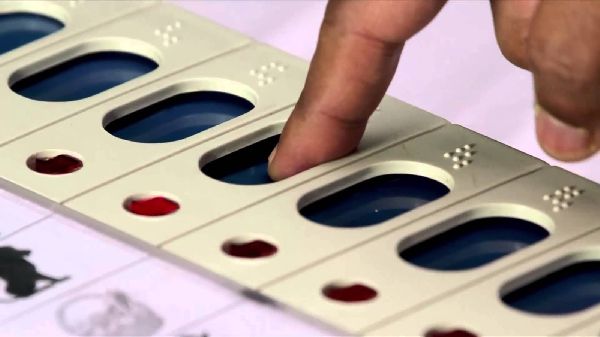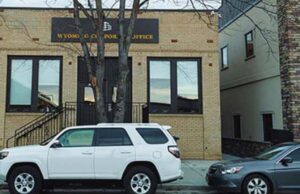Merging Elections Unhealthy For Democracy

After Prime Minister Narendra Modi’s rigorous push for simultaneous elections to parliament and state assemblies now President Ramnath Kovind has also pitched for the idea. Modi has been preparing a plan for the merger of elections for a long time and Rashtriya Swayam Sewak Sangh (RSS) backed think tanks have been working overtime to create an atmosphere to support Prime Minister’s proposal.
Modi calls it ‘electoral cycle reforms’ which he argues will limit the amount of time and money spent in electioneering. He wants politicians to have more time for people-oriented programs rather than wasting most of their time in the elections for different political institutions. But the real intention behind it is to consolidate the position of Bhartiya Janta Party (BJP) across the country.
At an all-party meeting two years back, Modi pushed his idea of merging forthcoming elections. The proposal was raised again at a meeting of the BJP’s national executive. This was a plan in motion even before the last general election. BJP’s manifesto for 2014 election had underlined: “Evolve method of holding Assembly and Lok Sabha elections simultaneously.”
Modi went another step further when in December 2015 the Standing Committee on Personnel, Public Grievances, Law, and Justice tabled a report in Parliament on the “Feasibility of Holding Simultaneous Elections to the House of People (Lok Sabha) and State Legislative Assemblies”. The report said, “This is important for India if it is to compete with other nations in developmental agenda on real time basis as a robust, democratic country.” The standing committee stated the reasons in detail for exploring simultaneous elections.
Modi’s proposal is motivated more by political considerations than the reasons he wants us to believe.. It is no secret that when simultaneous elections are held, voters tend to vote for the same party. An analysis of Election Commission data from 1999 onward confirms that there is a 77 percent chance the Indian voter would vote for the same party at the state and Centre if elections are held simultaneously. The proposal also ignores fundamental Constitutional questions.
Constitutional provisions are very clear on the matter. Article 83(2) provides for a term of five years for the House of People (Lok Sabha), from the date of its first sitting, unless dissolved earlier. Similar provisions under Article 172 (1) provides for a five-year tenure for state Legislative Assemblies from the date of its first sitting. The mandatory term has to be completed first. It is the prerogative of the Assembly to decide when to call an election. But in doing it for the conduct of simultaneous elections would be misusing the Constitution.
The President of India has the power to extend the period of Assemblies by up to one year to bring about uniformity in holding the elections at the same time. It will be interesting to see that how far our new president would like to stretch his powers to fulfill the desire of a particular political party as it is bound to raise the questions of ethics.
To conduct elections across the country on the same day, about 4,000 companies of paramilitary forces will be required. The country is able to make available only around one thousand at the moment. Purchasing Electronic Voting Machines (EVMs) and Voter Verifiable Paper Audit Trail (VVPAT) machines would cost approximately Rs 10,000 crore if elections are to be held together.
State and national elections are often fought on different sets of issues. In simultaneous elections, voters may end up privileging one set of issues over the other. National issues could be left ignored. Local issues could be swept away by a national “wave”. In a multi-party democracy like ours Modi’s proposal is entirely against the basic principles of a federal system.
Writer is a national office bearer of the Congress party.









You must be logged in to post a comment Login